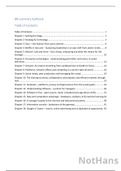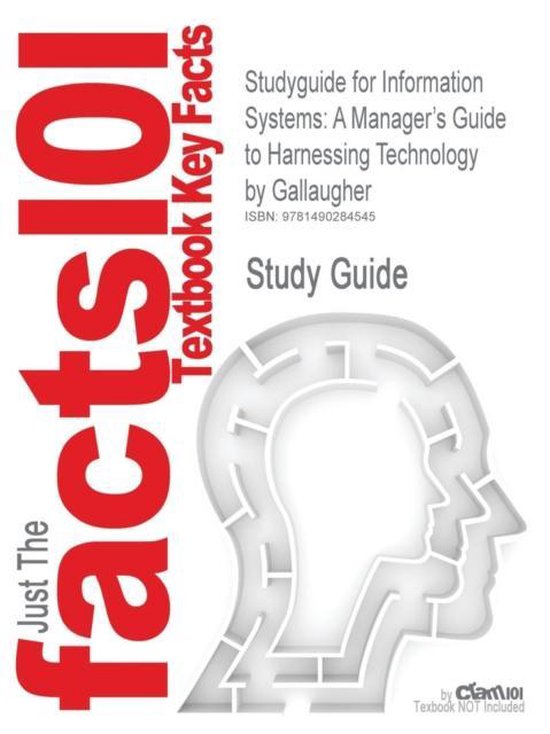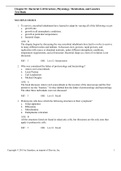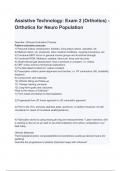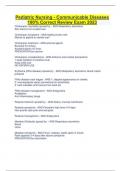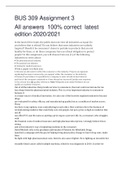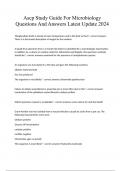Samenvatting
Summary John Gallaugher - Information Systems 8th Version - 2020 class
- Instelling
- Universiteit Van Amsterdam (UvA)
Extensive summary of all the discussed chapters of the book: 1, 2, 3, 4, 5, 6, 7, 8, 9, 10, 11, 13, 14, 15, 16, 17, 18 All the exam material from the book is included in here. Good luck!
[Meer zien]
